
The teacher, having seen the student’s hair, cut it right during the lesson. What happened next sho.cked everyone

The chatter in Room 3B died the moment Ms. Larkin entered.
Everyone knew that sound—the sharp click of her heels and the faint scent of lavender and chalk dust that always followed her.
She was the kind of teacher who ran her classroom like a symphony—precise, strict, never missing a note. Her students respected her, feared her a little, and, in their own quiet way, admired her.
But that morning, something changed.
Because that morning, Emily Torres walked in late.
And her hair—her bright blue hair—was the first thing everyone saw.
“Miss Torres,” Ms. Larkin said, setting her notebook on the desk. Her voice was calm, measured—the kind that could freeze air.
“You’re late.”
Emily swallowed. “Sorry, the bus—”
“And your hair.”
A ripple of laughter moved across the room. Emily’s face burned.
“Do you think this is a circus?” Ms. Larkin continued. “You come to school like this?”
“It’s just hair,” Emily muttered.
“It’s a distraction,” the teacher replied sharply. “Sit down.”
Emily obeyed, her blue ponytail glinting in the morning light as she took her seat in the back row.
But every few minutes, Ms. Larkin’s eyes flicked toward her. As if the hair itself were shouting.
Ten minutes into the lesson, Ms. Larkin stopped mid-sentence.
She turned, looked directly at Emily, and said, “Come here.”
The room went still.
Emily hesitated. “Ma’am?”
“Up front. Now.”
Emily rose slowly, her chair scraping against the floor. The laughter from before had vanished, replaced by the electric silence of disbelief.
When she reached the front, Ms. Larkin opened her drawer, pulled out a pair of scissors, and held them up.
“If you want to be part of this class,” she said, “you’ll follow the rules.”
Emily’s heart pounded. “You can’t—”
“Either fix it,” Ms. Larkin said coldly, “or leave.”
And before anyone could move, the teacher took a step forward and snipped.
A lock of blue hair fell to the floor.
The gasp that followed seemed to shake the walls.
Emily froze. Her breath hitched, and her hand shot up to her head, feeling the uneven cut.
“Sit down,” Ms. Larkin said.
But Emily didn’t move. Her voice trembled. “You can’t do that.”
“I just did.”
“You—” Emily’s throat tightened. Her eyes stung.
Then she turned and walked out.
The classroom erupted.
By the time the principal arrived, Ms. Larkin was already sitting behind her desk, expression unreadable.
“She was defiant,” she said simply. “It was a matter of discipline.”
Principal Graham frowned. “Cutting a student’s hair is not discipline. It’s assault.”
Ms. Larkin’s composure cracked for the first time. “You don’t understand—students these days—”
“I understand enough,” he interrupted. “Go to my office. Now.”
News travels faster than truth.
By lunchtime, everyone in the school had seen the photo: Emily in the hallway, strands of blue hair clutched in her hand, tears streaking her face.
#JusticeForEmily started trending locally by the end of the day. Parents called. Reporters showed up.
But none of them knew the full story.
Not yet.
That night, Ms. Larkin sat alone in her kitchen. The lavender candle on the counter flickered as she reread the email from the district office: “Pending investigation — administrative leave effective immediately.”
She wasn’t a cruel woman. She’d spent twenty-seven years teaching—hundreds of students, dozens of awards, countless late nights grading essays and calling parents.
She hadn’t meant for things to go this way.
But as she stared at the scissors still in her bag, she couldn’t shake the image of Emily’s hair—how it glowed under the light, the same shade of blue as her daughter’s used to be.
Her daughter, Maya, who hadn’t spoken to her in five years.
Maya had dyed her hair blue, too—right before she’d dropped out of college.
Back then, Ms. Larkin had said the same words: “You look ridiculous. Fix it or leave my house.”
And Maya had left.
That was the last time they’d spoken.
So when Emily walked in that morning with the same hair, the same defiant look, the same silent hurt, something inside Ms. Larkin snapped—not at the girl in front of her, but at the ghost of her own failure.
She hadn’t been cutting rebellion. She’d been trying—wrongly, desperately—to cut regret.
Meanwhile, Emily sat on her bed, her mother brushing through what remained of her uneven hair.
“They can’t do that to you,” her mom said, voice tight. “We’re going to the district.”
“I don’t care about the hair,” Emily whispered. “I just… I didn’t mean to make her that mad.”
Her mom stopped brushing. “Sweetheart, she humiliated you.”
“I know. But when she looked at me, it wasn’t like she hated me. It was like… she was scared.”
Three days later, the district held a disciplinary hearing.
Ms. Larkin sat at the table, hands folded, waiting for judgment. Emily sat across from her, her hair now trimmed short but neat, her eyes cautious.
The panel asked questions. Statements were read. Cameras clicked outside the door.
Finally, the superintendent asked, “Ms. Larkin, is there anything you wish to say?”
The room fell silent.
Ms. Larkin took a long breath. “Yes.”
She turned toward Emily.
“When I saw you walk into my class, I saw my daughter. I saw everything I’d done wrong as a parent, all my pride, all my control. And I took it out on you. I thought I was teaching discipline. But I was just trying to punish a memory.”
Emily blinked, surprised.
“I’m sorry,” Ms. Larkin said quietly. “You didn’t deserve that.”
The superintendent nodded, jotting something down. “Thank you, Ms. Larkin. You’ll be notified of our decision.”
The decision came that afternoon: suspension without pay for six months, mandatory counseling, and reassignment upon return.
It could’ve been worse.
But Ms. Larkin didn’t feel relief. Just exhaustion—and, beneath it, a strange, fragile sense of clarity.
That evening, she opened her old photo album. Maya at six, missing teeth. Maya at twelve, painting her room bright blue. Maya at nineteen, walking out the door.
She hesitated, then reached for her phone.
“Maya,” she said when the line picked up.
A pause. Then a cautious voice: “Mom?”
“It’s me.”
“I know.”
They said nothing for a while. The silence between them was heavy but not empty.
Finally, Ms. Larkin said softly, “I made a mistake.”
There was a small, uncertain laugh. “Only one?”
Ms. Larkin smiled through her tears. “A big one. I hurt someone. I think I’ve been hurting people for a long time, pretending it was for their own good.”
Another pause. Then Maya said quietly, “You always meant well. You just never listened.”
“I’m listening now.”
A week later, Ms. Larkin went back to the school—not to teach, but to apologize again.
She found Emily by the lockers.
“I didn’t expect to see you here,” Emily said, guarded.
“I needed to,” Ms. Larkin replied. “To tell you that you reminded me of someone I lost. And to thank you—for making me face what I couldn’t.”
Emily nodded slowly. “It still hurt, you know.”
“I know,” Ms. Larkin said. “And I’ll carry that.”
Before leaving, she reached into her bag and handed Emily something: a small box of art supplies.
“You said you wanted to go to art school someday,” she said. “I hope you do.”
Emily took the box, unsure whether to smile or cry. “Thank you.”
Months later, when Ms. Larkin returned to teaching, her first lesson wasn’t about grammar or literature.
She walked into the classroom, held up a piece of paper, and said, “Today we’re talking about mistakes—how they shape us, and how we can still grow from them.”
And when a girl in the back raised her hand and said nervously, “Ms. Larkin, I dyed my hair green. Is that okay?”
The teacher smiled. “It’s perfect.”
The next day, a letter arrived on her desk with no return address. Inside was a photo: Emily, standing next to a canvas covered in streaks of blue and white.
At the bottom, she’d written:
Sometimes pain becomes art. Sometimes, it just becomes understanding.
And below that—
Thank you for learning with me.
News in the same category


“I only asked you to pick up my laptop from the repair shop, and instead you were having coffee with your ex! Then go live with her! You don’t live here anymore! That’s it!”

The Quiet Cartographer Of The Backyard: A Story Of Pip, The Tiny Terrier With A Grand Plan

A single mother was not afraid to marry a widower with six children

My Stepmom Took the Christmas Gift My Dad Left Me And Told Me I Didnt Deserve It, Unaware It Was a Test
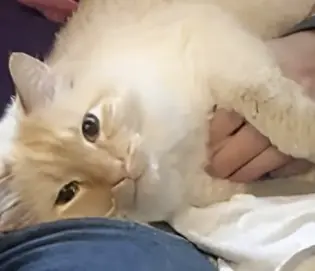
The Silent Bond: How My Autistic Brother’s First Words Changed Everything
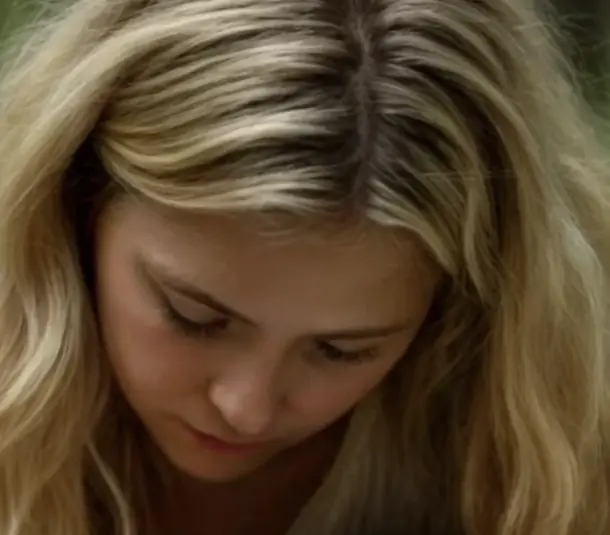
She left her children in the fir forest for a life of wealth—but the past found her 18 years later

The orphan girl who inherited a modest house deep in the forest went mushroom picking and found an airplane… One look inside the cockpit changed everything…
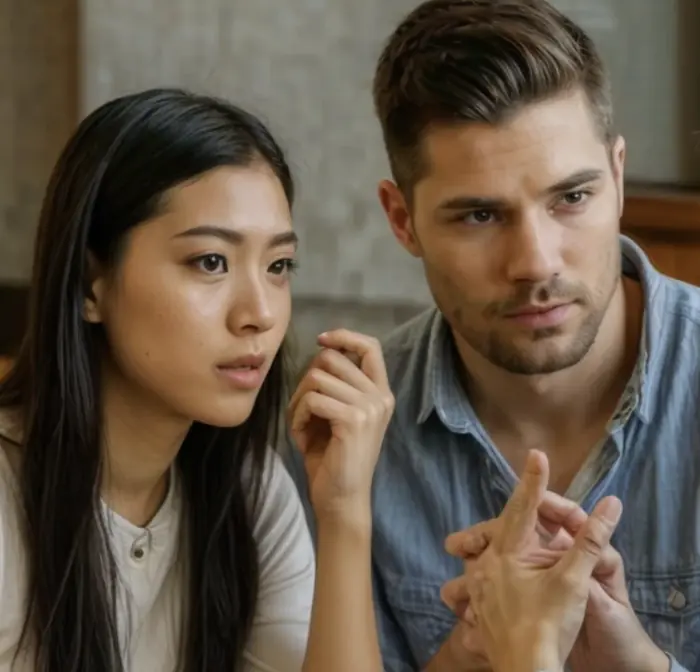
Then have dinner with your mother, I’m going home, — I snapped at my husband who had brought my mother-in-law to the restaurant

At 61, I reunited with my first love — a remarkable story of love, healing, and a new beginning
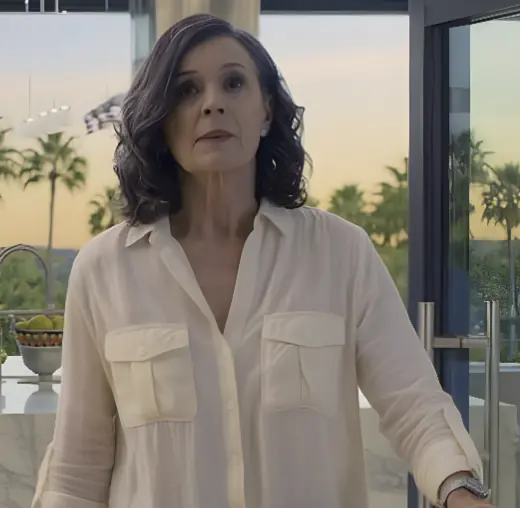
A daughter growing up with love: how a devoted dad built a life of strength and family

How an unexpected knock reunited a family and reshaped a father’s heart forever

5 nighttime symptoms while sleeping that could indicate can.cer

I Found My Husband’s Second Wedding Photos—And He’s the Groom and Father of the Bride

A DNA Test Revealed I Have a Son… But I’ve Never Given Birth

Echoes of the Forgotten Meadow

A Revealing Mother’s Day Gift That Changed Everything
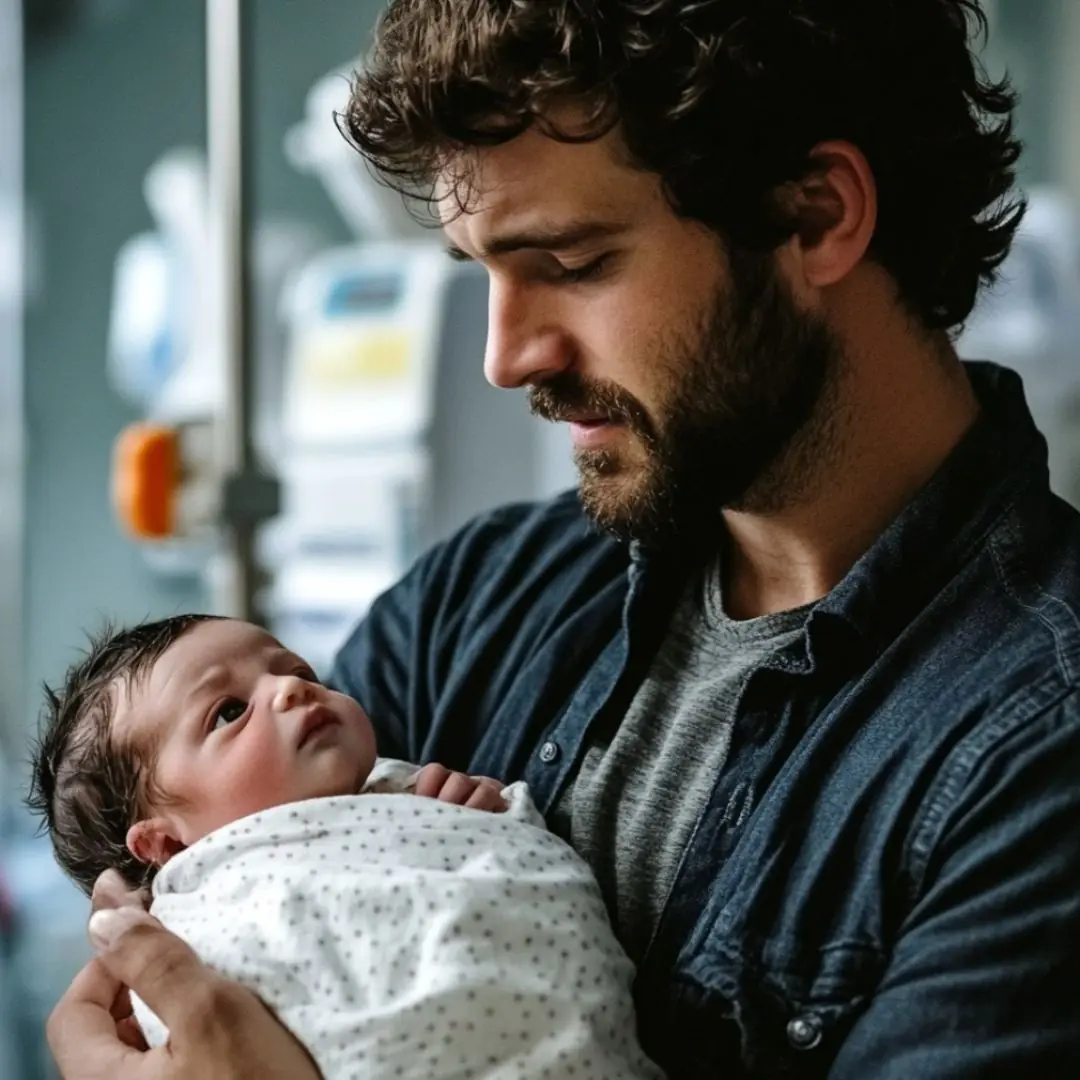
My wife refused our deaf newborn: ‘leave him at the hospital—I’m not raising a child like this
News Post

At a family dinner my mother-in-law humiliated me in front of all the relatives. But everyone fell silent when I played on my phone her conversation with her lover…

When My Father Broke My Jaw for Talking Back: A Harsh Lesson in Silence

“I only asked you to pick up my laptop from the repair shop, and instead you were having coffee with your ex! Then go live with her! You don’t live here anymore! That’s it!”

Roasted Pears with Blue Cheese & Caramelized Walnuts

Pulled Beef Tacos with Fried Egg

Ice Cream Bombe with Pistachio, Rosewater & Raspberry

The Quiet Cartographer Of The Backyard: A Story Of Pip, The Tiny Terrier With A Grand Plan

A single mother was not afraid to marry a widower with six children

My Stepmom Took the Christmas Gift My Dad Left Me And Told Me I Didnt Deserve It, Unaware It Was a Test

The Silent Bond: How My Autistic Brother’s First Words Changed Everything

She left her children in the fir forest for a life of wealth—but the past found her 18 years later

The orphan girl who inherited a modest house deep in the forest went mushroom picking and found an airplane… One look inside the cockpit changed everything…

Then have dinner with your mother, I’m going home, — I snapped at my husband who had brought my mother-in-law to the restaurant

At 61, I reunited with my first love — a remarkable story of love, healing, and a new beginning

A daughter growing up with love: how a devoted dad built a life of strength and family

How an unexpected knock reunited a family and reshaped a father’s heart forever

Your Body May Be Telling You Your Arteries Are Clogged — 10 Signs to Know

Grandma’s Kraft Dinner
